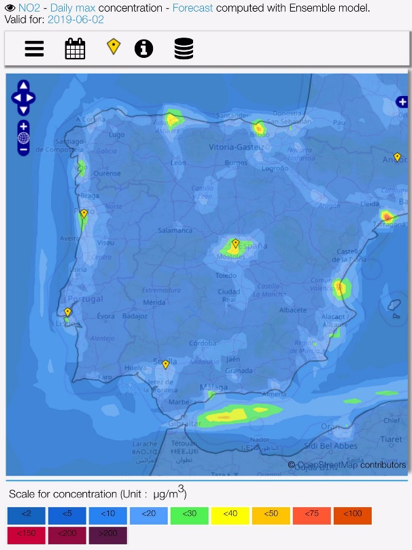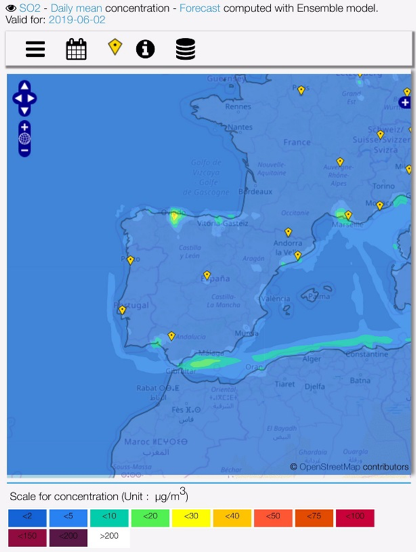02/06/2019. Maritime traffic on the Iberian Peninsula -located at the crossroads of the great maritime routes- leaves a significant trace of main atmospheric pollutants, Sulphur Oxides and Nitrogen Oxides (SOx, NOx) between them.
When ships approach port or are docked, pollution directly affects the population of port-cities. Thus, the connection of vessels to the electricity grids prevents high concentrations of these pollutants from exceeding the limit values.
The World Health Organization (WHO) establishes an average value of 20 and 40 μg / m3 for these pollutants, respectively. The WHO considers that by exceeding such concentration values there is a risk for the population:
- “SO2 can affect the respiratory system and pulmonary functions and causes eye irritation. The inflammation of the respiratory system causes cough, mucous secretion and aggravation of asthma and chronic bronchitis; It also increases the propensity of people to contract respiratory system infections. Hospital admissions for heart disease and mortality increase on the days when SO2 levels are highest. In combination with water, SO2 is converted into sulfuric acid, which is the main component of acid rain that causes deforestation. “
- Epidemiological studies have revealed that the symptoms of bronchitis in asthmatic children increase in relation to prolonged exposure to NO2. The decline in the development of lung function is also associated with the NO2 concentrations recorded (or observed) currently in European and North American cities. “
In the attached maps -based on simulations of the European program Copernicus ECMWF- both emission traces of Sulfur Oxides and Nitrogen Oxides (SOx, NOx) from the routes of the sailing ships, as well as the concentration of such pollutants in the large port cities that can be seen in the surroundings of the established limits.





